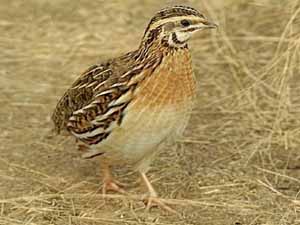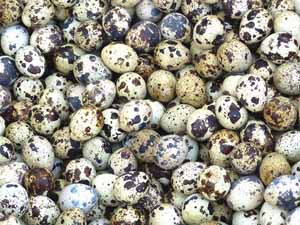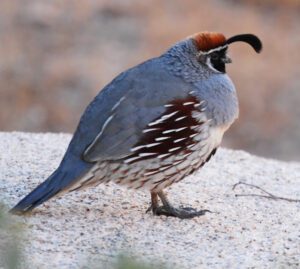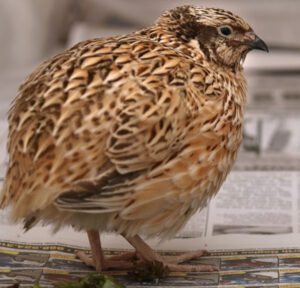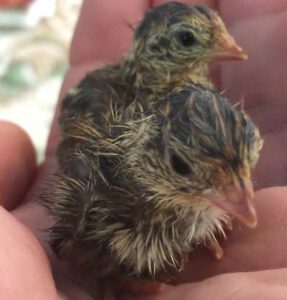The California quail is a small ground living bird in the New World quail family. It is also known by some other names such as the Valley quail, Colin de Californie (French), Codorniz Californiana (Spanish), California Partridge, Crested Quail, Topknot quail or California Valley quail.
It is the state bird of California, and it was established as the state bird in the year of 1932.
The California quail’s stiffly accented Chi-ca-go call is a common sound of the chaparral and other brushy areas of California and the Northwest.
These birds are often seen scratching at the ground in large groups or dashing forward on blurred legs. They are common but unobtrusive, they are flush to cover if scared (so approach them gently).
The California quails are pretty popular with the game hunters. And they have been introduced to many other parts and countries of the world, including Argentina, British Columbia, Brazil, Chile, Europe, Hawaii, South Africa, Uruguay and New Zealand. Read some more information about this quail breed below.
California Quail Characteristics
The California quail is a very beautiful and handsome bird. It is a round soccer ball of bird with a rich gray breast, intricately scaled underparts, and a curious, forward-drooping head plume.
The curving crest or plume of these birds is made of six feathers that droops forward (black in males and brown in females; the flanks are brown with white streaks).
The immature birds and females are mainly of grey-brown color with a light-colored belly. While the males have a dark brown cap and a black face with a brown back, a light brown belly and a grey-blue chest.
Closest relative of these species is Gambel’s quail which has a more southerly distribution and a longer crest at 6.4 cm, a brighter head and a scalier appearance.

The California quails are plump, short-necked game birds with a small head and bill. Their wings are short but very broad with a wingspan between 32 and 37 cm, and the tail is fairly long and square.
Average live body weight of the California quail is between 140 and 230 grams. Photo and info from Wikipedia.
Uses
The California quail is raised mainly as pets or just as a hobby.
Special Notes
The California quail is a ground-dwelling bird. And they spend most of their time on the ground, walking and stretching in search of food.
They generally forage beneath shrubs or on open ground in morning and evening. Dust bath is one of their daily communal activities.
They are highly sociable birds, and they often gather in small flocks known as ‘coveys’.
California quail generally forage on ground, often scratching at the soil. And sometimes they can be seen feeding at the road sides.
Seeds and leaves are their main diet, but they also eat some insects and berries. Pairs of the California quail call antiphonally. That means that, the males and females have alternate calls.
Main breeding areas of the California quail is shrubby areas and open woodlands in western North America.
The nest is a shallow scrape lined with vegetation on the ground beneath a shrub or other cover. The female California quail lay approximately 12 eggs (sometimes as many as 28 eggs).
The young associate with both males and females, once hatched. However, review full breed profile of this quail breed in the chart below.
| Breed Name | California |
| Other Names | Valley quail, Colin de Californie (French), Codorniz Californiana (Spanish), California Partridge, Crested Quail, Topknot quail or California Valley quail |
| Breed Purpose | Pets, hobby |
| Special Notes | Very strong and hardy birds, strong, generally a ground-living bird, they spend most of their time on the ground, generally forage beneath shrubs or on open ground in morning and evening, dust bath is one of their daily communal activities, highly sociable birds, often gather in small flocks known as ‘coveys’ |
| Species | New World Quail |
| Weight | Between 140 and 230 grams |
| Climate Tolerance | Almost all climates |
| Egg Color | White to creamy with variable brown markings |
| Egg Size/Weight | 8 to 13 grams |
| Egg Productivity | 12-16 eggs clutch size (sometimes as many as 28 eggs) |
| Body Color | Rich gray with markings |
| Rarity | Common |
| Country/Place of Origin | United States |

